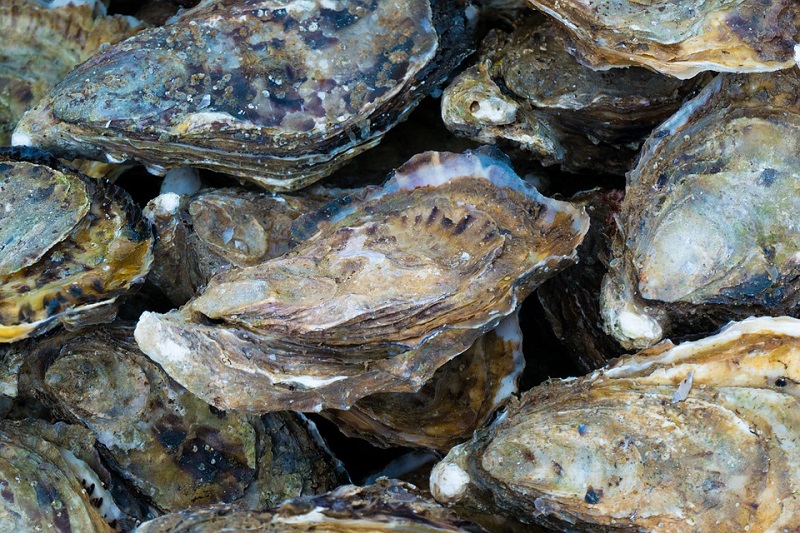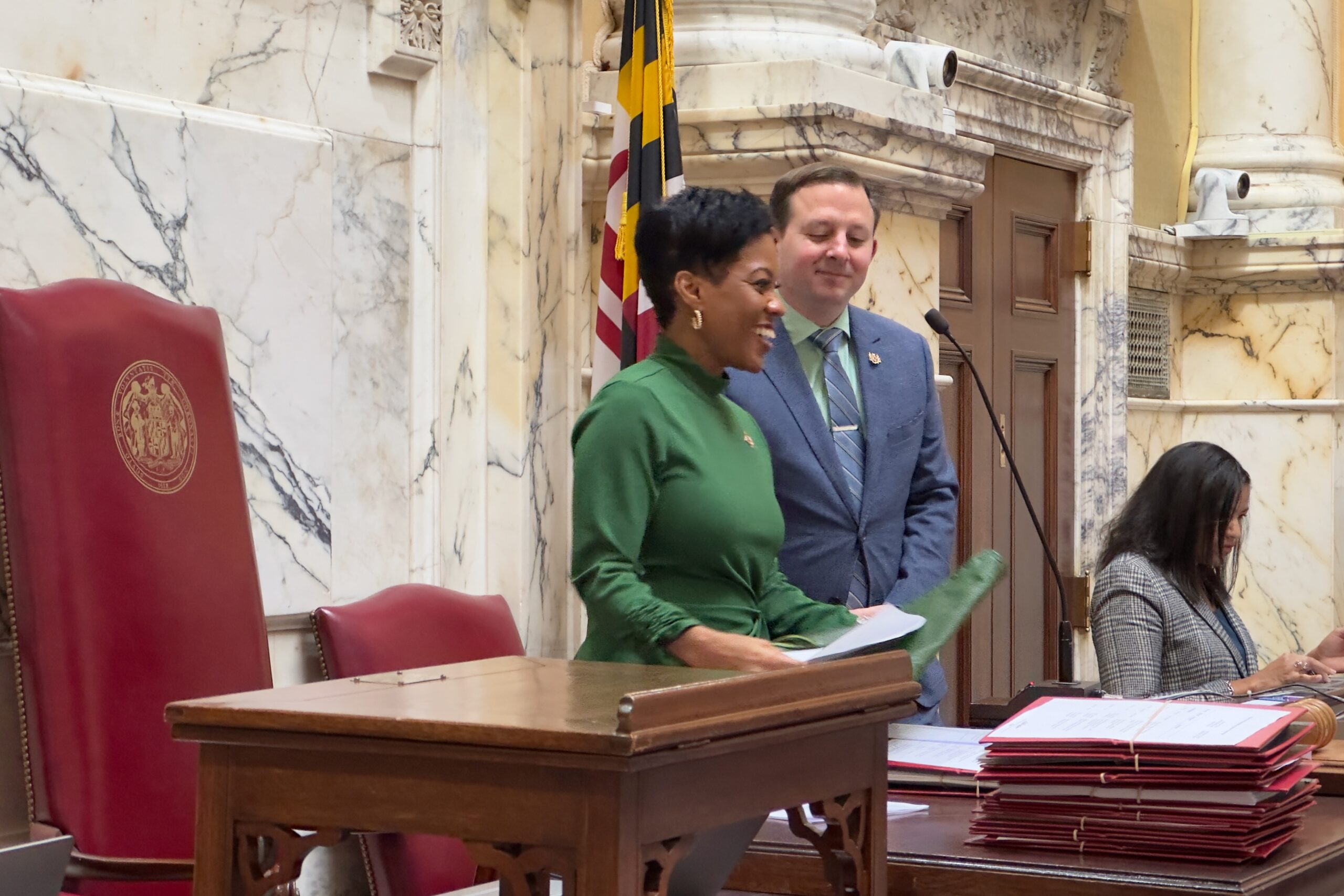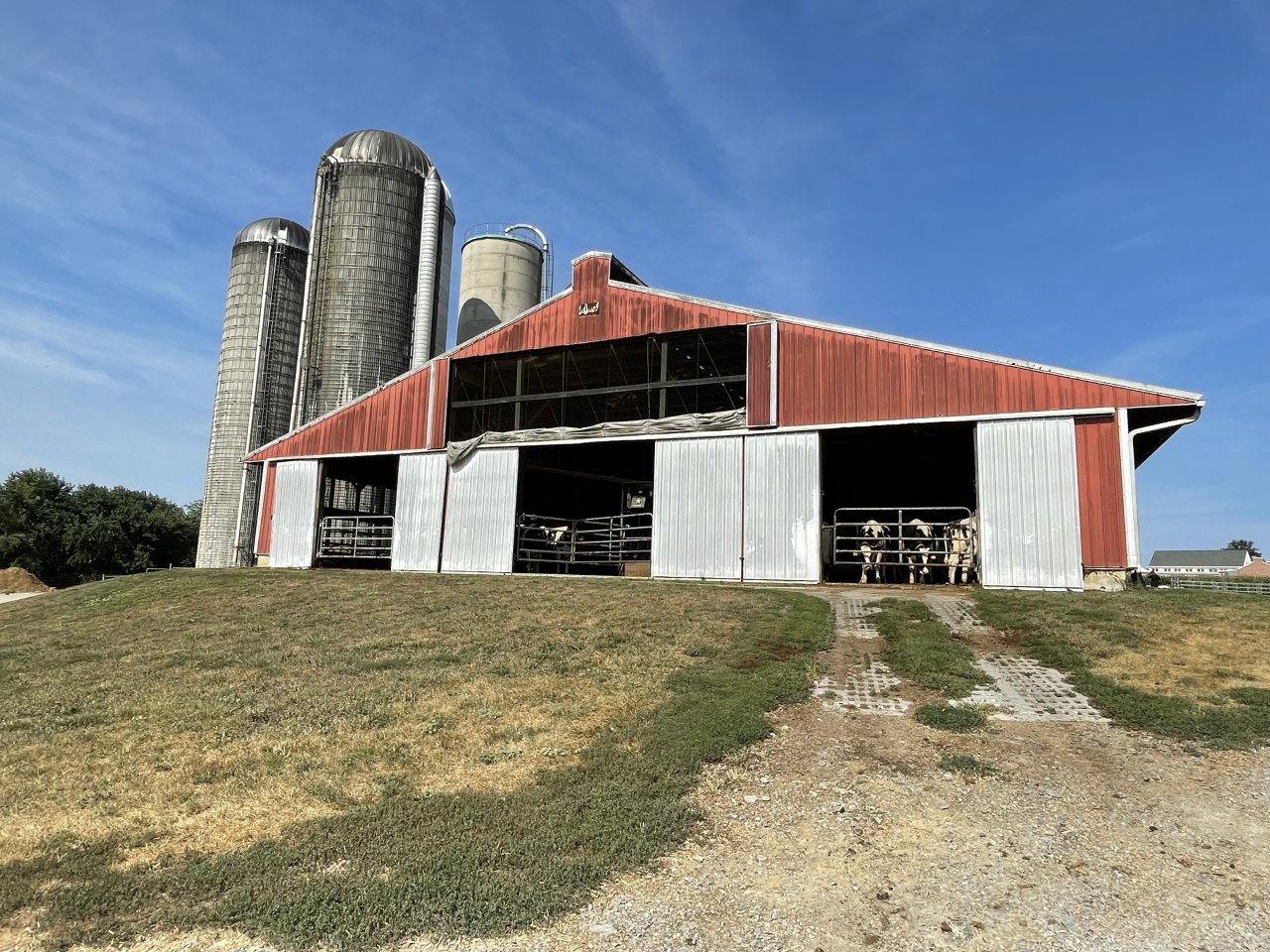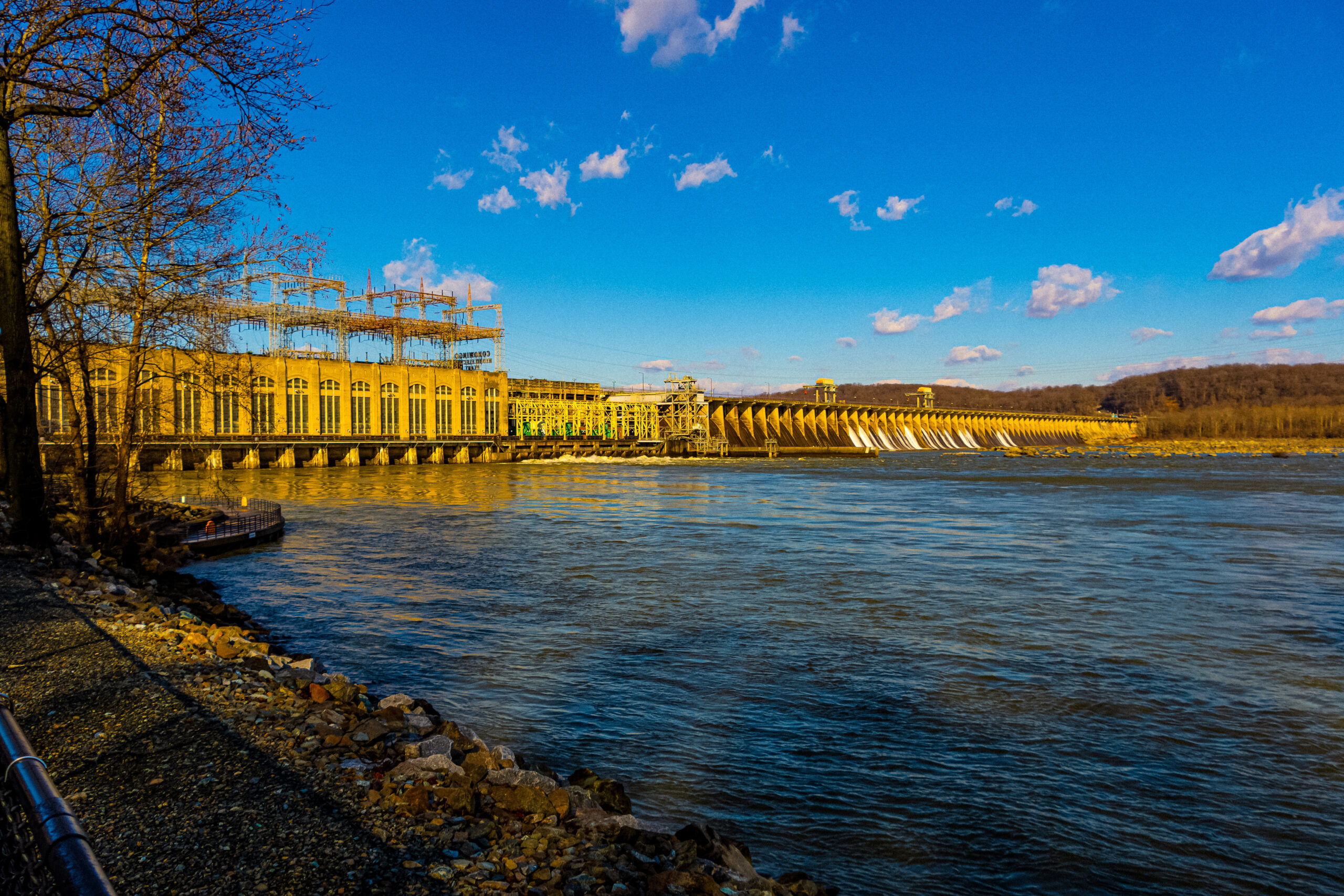
By Captain Rob Newberry
The writer is chair of the Delmarva Fisheries Association, Inc.After the U.S. Environmental Protection Agency announced it may extend a 2025 deadline for reducing pollution in the Chesapeake Bay, the Chesapeake Bay Foundation (CBF) quickly responded with the following statement: “Going forward, the Chesapeake Bay states must demonstrate the leadership necessary to complete the job and the EPA must hold all of us accountable.”
At the Delmarva Fisheries Association, we agree — especially if holding “all of us” accountable includes CBF.
Earlier this year, CBF participated in a joint oyster reef restoration project in Virginia. The project included rebuilding oyster reefs in estuaries in the Lynnhaven River, which flows into the Chesapeake Bay.
After work began, the Virginia Marine Resources Commission (VMRC) determined the dumping of wire, steel, concrete, and asphalt in this CBF joint project posed a serious threat to water quality and public health. VMRC was especially concerned after detecting toxic polyaromatic hydrocarbons (which are harmful to human and aquatic life) in the asphalt and concrete rubble. VMRC concluded asphalt material never belongs in any aquatic environment.
VMRC also determined that dumped concrete rubble crushed a 25-year-old existing oyster sanctuary reef. Rubble was dumped outside of the permitted area, and one rebuilt reef was higher than permitted.
Based on these findings, VMRC ordered a halt to all work on this oyster restoration project. VMRC revoked CBF permits authorizing the reef construction and determined CBF needed a new application to resume work at these reef sites in the future. CBF was to remove all the dumped reef material to address public safety concerns and adverse water quality impacts. Before removal began, CBF was to submit a remediation plan to VMRC, the Virginia Department of Environmental Quality and the U.S. Army Corps of Engineers for approval. Violations of VMRC orders, rules, regulations or permit conditions could result in a maximum fine of $25,000 for each day of violation.
CBF responded by saying, “We are surprised and disappointed by this enforcement action.” No expression of remorse. No apology. No acknowledgement that CBF should assume responsibility for the cost of removal of 4,200 tons of toxic material that never should have dumped in the first place.
What is even more troubling was CBF’s response to VMRC, in which CBF suggested a “science-based” alternative, proposing to clean unauthorized materials from two of the reefs and remove just one. CBF argued that approach would protect water quality and habitat while allowing for these reefs to remain in place to support thriving oyster populations. CBF claimed removing all 4,200 tons of recycled concrete could cost from $1 million to $2.5 million.
VMRC rejected the CBF alternative and directed CBF to submit a detailed plan, including signed contracts to have the reefs dredged up from the bottom of the river. CBF’s terse reaction to that decision was that they are “working with marine contractors and others to address the Lynnhaven oyster reefs as VMRC has directed.” Their spokesperson offered no other details.
CBF officials said they were surprised and disappointed to be cited by VMRC’s oversight and accountability actions. They should not have been. VMRC did what it is expected to do and charged to do to: help the Bay. VMRC did not attempt to pick and choose which violators are exempt from doing the right thing in the right way. Virginia state Sen. Bill DeSteph said it best in his statement on this matter. “People were especially disappointed to learn that the Chesapeake Bay Foundation and Lynnhaven River Now [a CBF partner on this project] had caused damage to the very waterways they are entrusted to protect.”
Now is the time for research and answers on the following questions on all Chesapeake Bay restoration projects regardless of who is doing them and what they say about their efforts. Full compliance and final results are measurable and should be enforced/monitored everywhere, all the time, with no excuses for wrongdoing
One has to ask —
- How many other CBF restoration projects in the Chesapeake Bay and Bay watershed are not being done properly?
- How many tax dollars, public grant dollars, private grant dollars and public donations have gone to CBF without proper oversight and accountability for environmentally safe and measurable Bay restoration results?
- What have been the measurable results of all CBF Bay restoration efforts?
- How do CBF results compare to all environmentally sound Bay restoration efforts executed on a regular basis by watermen and waterwomen?
- What government policies and procedures are in place or needed to ensure timely and proper oversight on every Bay restoration project?
Everyone interested in the Bay and the Bay watershed deserve answers to these questions. They deserve them sooner rather than later.




 Creative Commons Attribution
Creative Commons Attribution